Contents
Colic is a common cause of crying in young children. Almost all parents had to deal with such a problem. Usually, colic occurs due to the fact that the body of a newborn child with difficulties adapts to self-feeding. In order to alleviate the condition of the baby during this difficult period, you need to follow some recommendations from specialists. Consider the most effective ways to get rid of colic, which have won a large number of positive reviews from mothers of babies.
10 Belly to belly

While feeding your baby, try to warm his stomach with your body heat. After that, the discomfort most often disappears. When you feed your baby, lie on your side and gently turn your baby on its side. After that, he will need to press his tummy to your stomach: the bodies should touch quite tightly. It should be borne in mind that the torso and neck of the baby should be at the same level.
9. Mom’s diet

During the period of feeding the baby, his mother should approach the preparation of her menu with the utmost seriousness. If the baby has colic, the diet of a nursing woman should be quite rigid. Even if the mother of the baby has already revised the menu after pregnancy, she will have to make quite a few other changes to it. From the diet it will be necessary to exclude all products that contribute to gas formation in the child’s stomach. It is recommended to give preference to dairy products. As for vegetables and meat, it is better not to fry them, but to boil or bake them.
8. Fitball riding
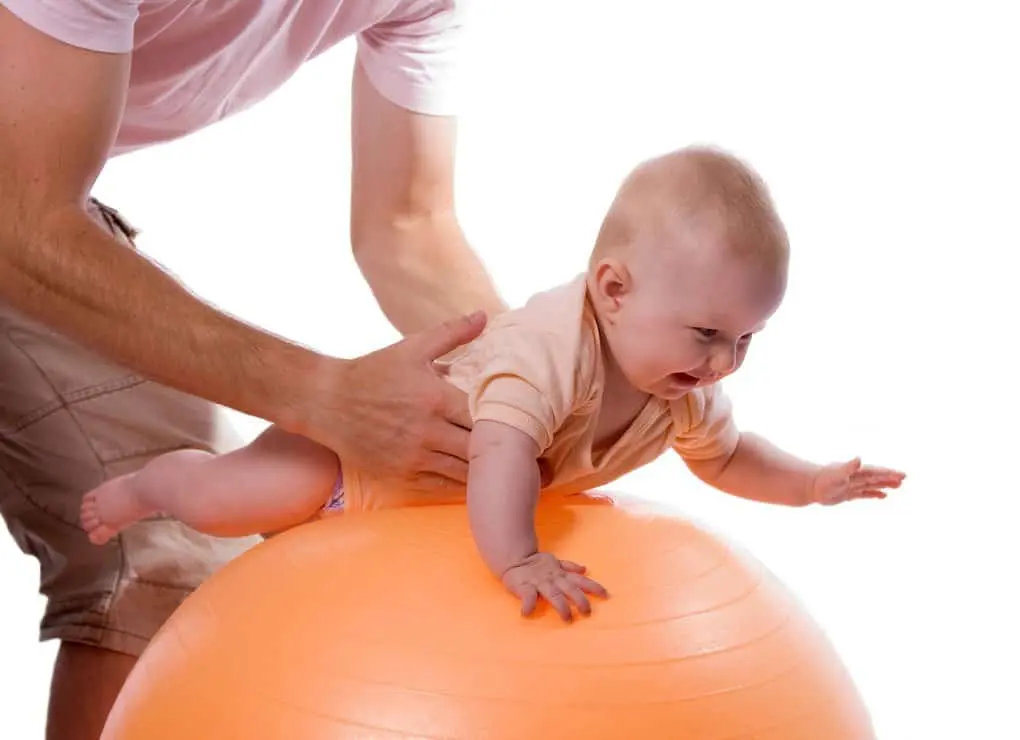
Fitball – a ball made of rubber, which is usually quite large. It is very convenient to perform various gymnastic exercises with a small child on it. Gently place the baby on the ball: his stomach should be down. If the baby was born recently, you will first need to lay a clean towel or diaper on the ball.
Place one hand on the child’s legs and the other hand on the back. Gently holding the baby, begin to rock him left and right, back and forth, and then in a circle. So you can achieve relaxation of the abdominal muscles of the baby and remove discomfort. This exercise will also help to properly develop the vestibular apparatus.
7. Correct attachment

The baby must take the breast in a certain way. If he does it incorrectly, excess air may be trapped. So, the baby’s mouth should be open quite wide. The nipple should be directed to the sky of the baby. The lower lip of the baby should be everted. With proper feeding, the child captures the area around the nipple with his mouth.
If pain occurs during feeding, this will be a sign that it is not being carried out correctly. You can try to learn how to feed the baby yourself or contact a consultant: he will tell you about all the nuances that a nursing mother should take into account.
6. Lay on the tummy

If the child often lies on his stomach, his abdominal muscles will become stronger. Laying out on the tummy will greatly facilitate the passage of gases. It is recommended to put the baby in this way several times a day: it is better to do this before each meal. Many children do not like lying on their stomachs, which they quite loudly report. To distract the baby, you can gently talk to him or give him his favorite toy: while stroking the baby on the back from top to bottom.
5. Massage
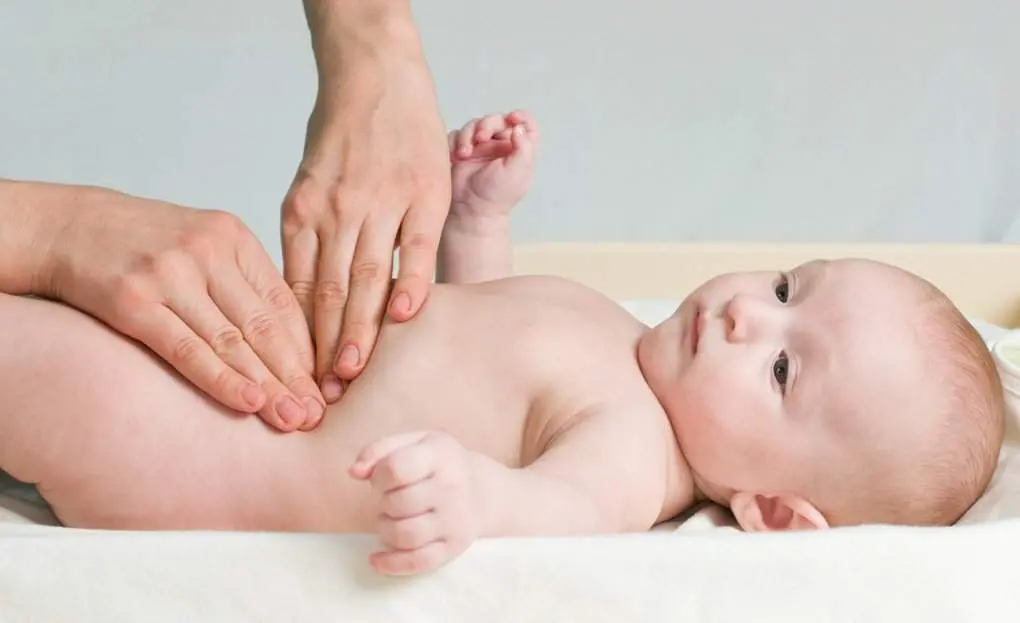
You can simply stroke the baby’s belly with warm hands, and also not press very hard on it. Move in a circle without touching the area under the right rib (there is the liver). You can stroke the oblique muscles of the abdomen: from the back to the stomach. A few such movements will suffice.
4. Legs to belly
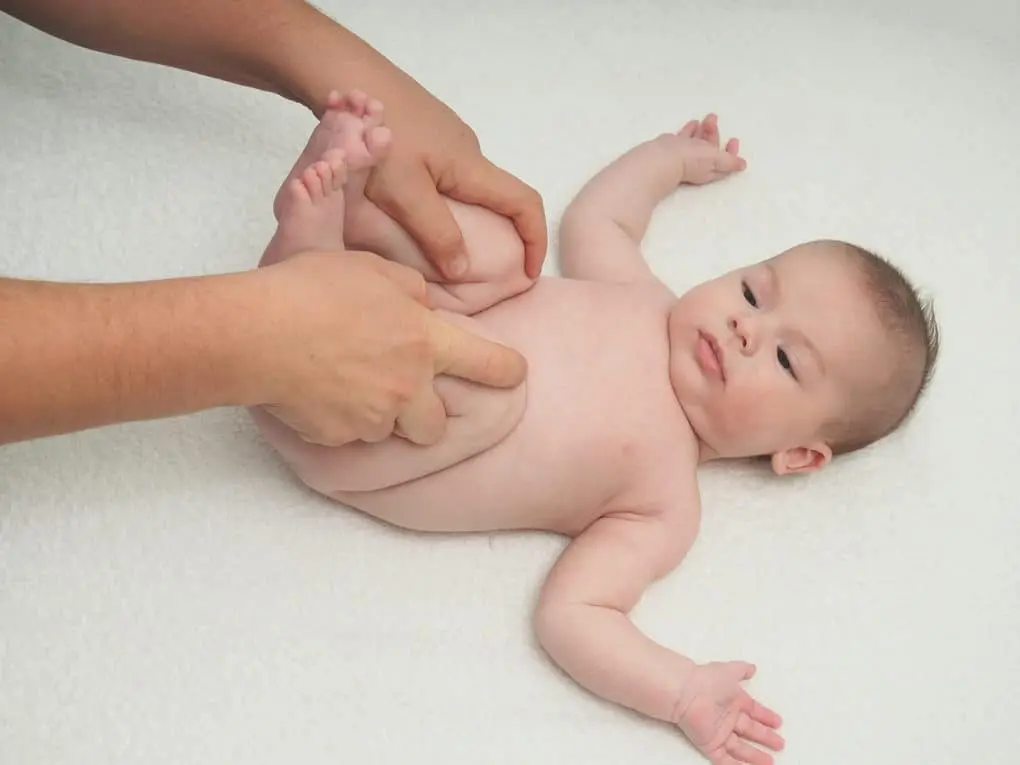
Many mothers really like this exercise, like pressing the baby’s legs to his stomach: it is simple and very effective. You will need to take the baby by the shins, bend the baby’s legs and press them against his tummy. Wait half a minute, relax the baby’s legs and repeat the exercise. Pressing on the stomach should not be very hard. You can alternately bend either the left or the right leg. Exercise “Bicycle” should be performed at a moderate pace.
3. warm bath

After a warm bath, the baby calms down, and the discomfort in his stomach quickly disappears. It is recommended to take it before bedtime: it will be much easier for the child to fall asleep. Pour warm water into the bath, add some lavender oil, put your baby in it. You can gently massage the baby’s stomach while he is in the bath. After a few minutes, remove the baby from the water, wrap it in a warm towel. It is not recommended to take such baths immediately after eating or immediately before it: it is better to do this at least an hour before feeding or one hour after it.
2. Warmer
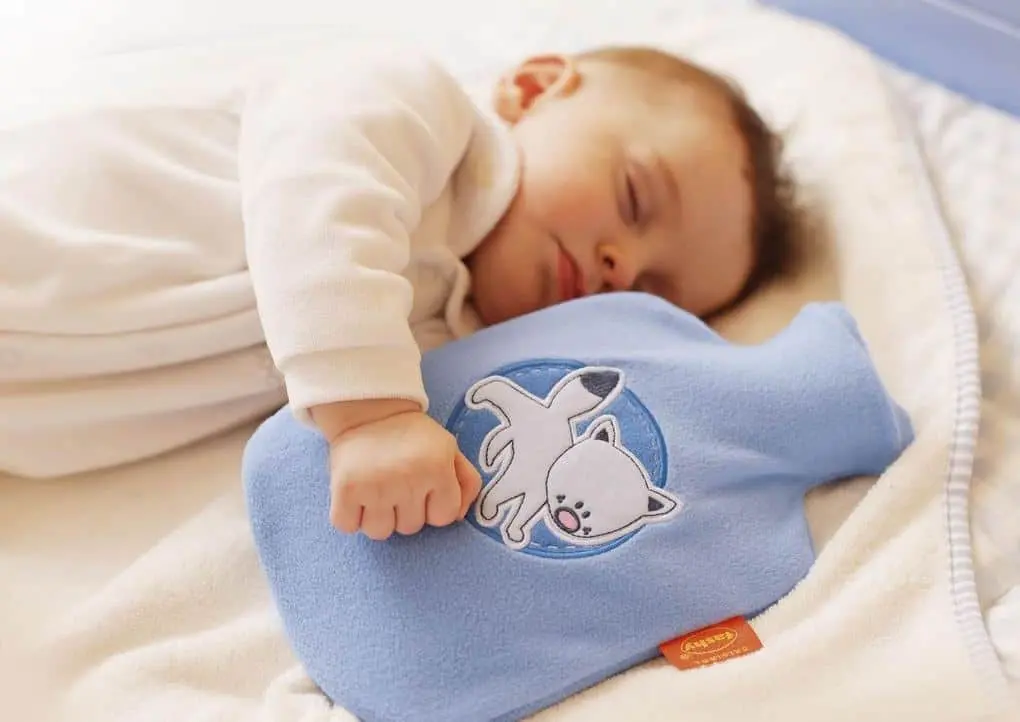
When bouts of colic occur, you need to ensure that the baby’s stomach is warm. Immediately after feeding or right in the process, warm it up with a bottle of warm water, a diaper. Warm up the diaper with a preheated iron and place it on the baby’s stomach. However, it should be borne in mind that it should not be very hot, otherwise the delicate skin of the baby may be burned.
You can make a heating pad with cherry pits. To do this, you will need to sew a small bag and hold it in the microwave for about a minute. Such a heating pad should be placed in the baby’s bed so that he falls asleep with it.
1. Gas drops
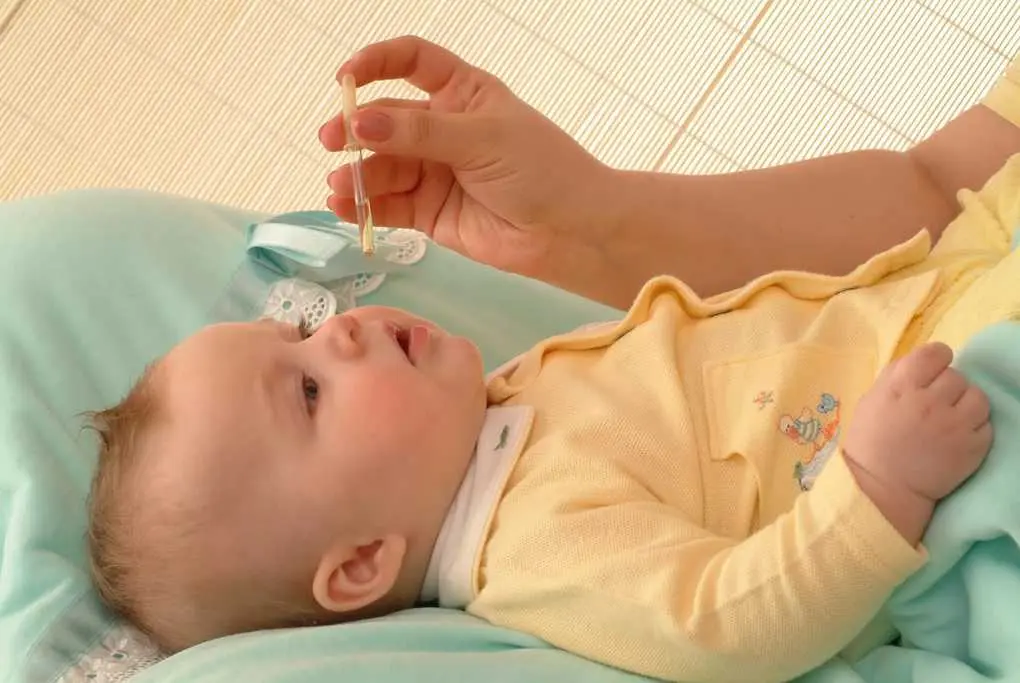
“Bebinos” – drops, which include natural ingredients: coriander seeds, chamomile, fennel. They are used for colic, flatulence, pain and cramps in the stomach. “Bobotik” – a remedy with simethicone. It can be given to children whose age is from one month. Adults also take this remedy: with overeating, constipation. “Bobotik” helps to cope with colic, helps to reduce bloating. This medicine does not interfere with the activity of the digestive system, it is completely excreted through the intestines.










